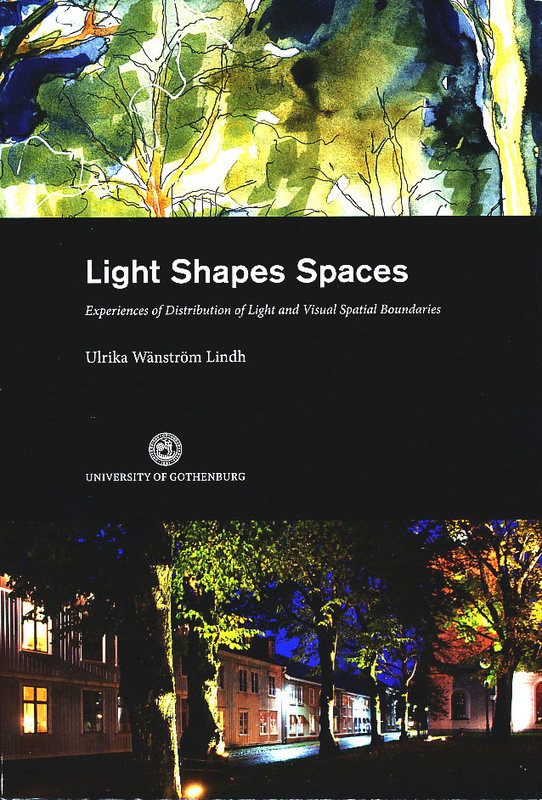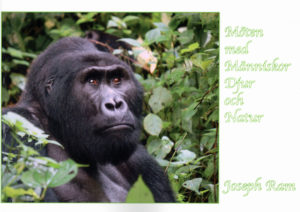
Light Shapes Spaces : Experiences of Distribution of Light and Visual Spatial Boundaries
Light Shapes Spaces : Experiences of Distribution of Light and Visual Spatial Boundaries
The main contribution of this thesis is to highlight the impact of the distribution of light on a perceived space. It addresses the importance of conceptual awareness and knowledge of informants’ pluralistic pre-understanding. Ulrika Wänström Lindh dissertation challenges traditional lighting research that often is laboratory-based.
It combines and develops research methods that can handle complexity in real spaces through patterns and relationships. The dissertation combines qualitative and quantitative methods with artistic research. Additionally, it includes concept development that focuses spatial understanding.
By showing how distribution of light affects the spatial experience Ulrika Wänström Lindh emphasises the importance of a lighting design that is not only based on a uniformly distributed light. Particularly discussed is the importance of clear visual spatial boundaries supporting spatial understanding and orientation, which ultimately have an impact on perceptions of safety. In one of the studies the lighting influenced also the interviewees’ sound perception and speech, which was an unexpected result.
Keywords: practise-based design research, distribution of light, lighting design, architecture, enclosure, perceived dimensions, atmosphere, light zones, light topography, visual spatial boundaries.




